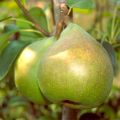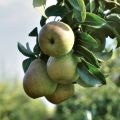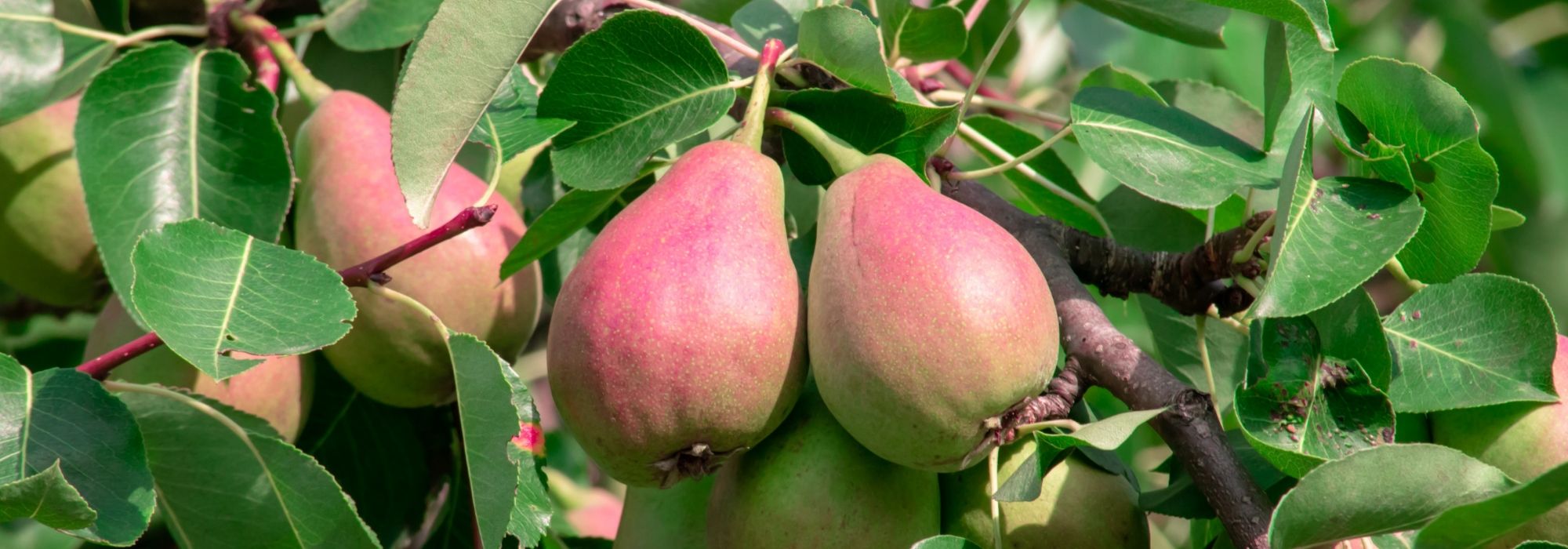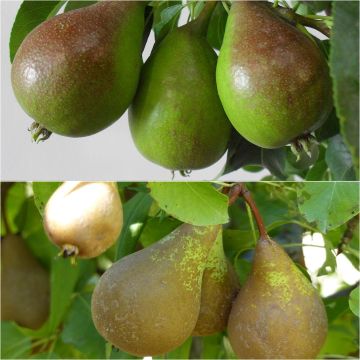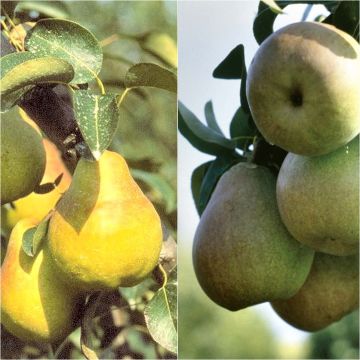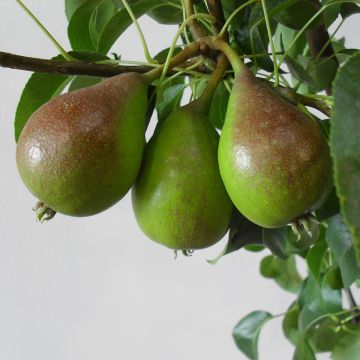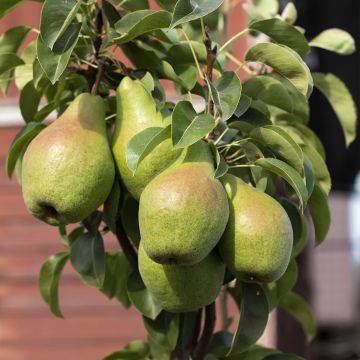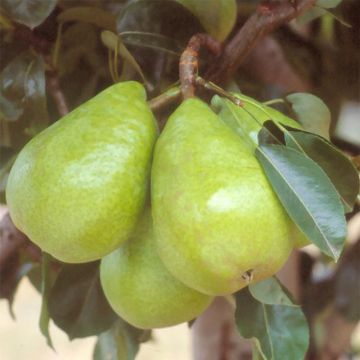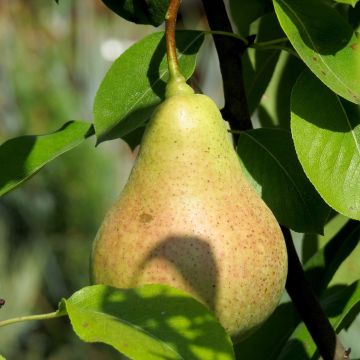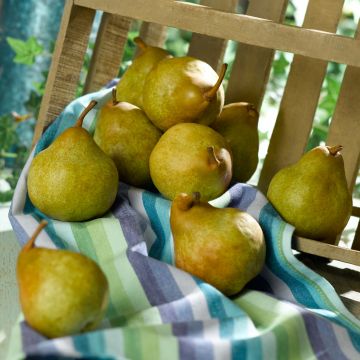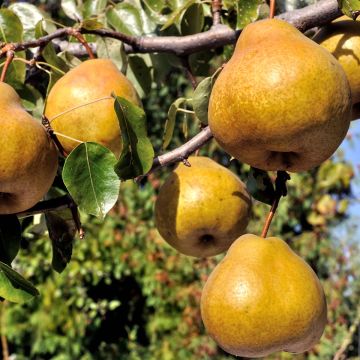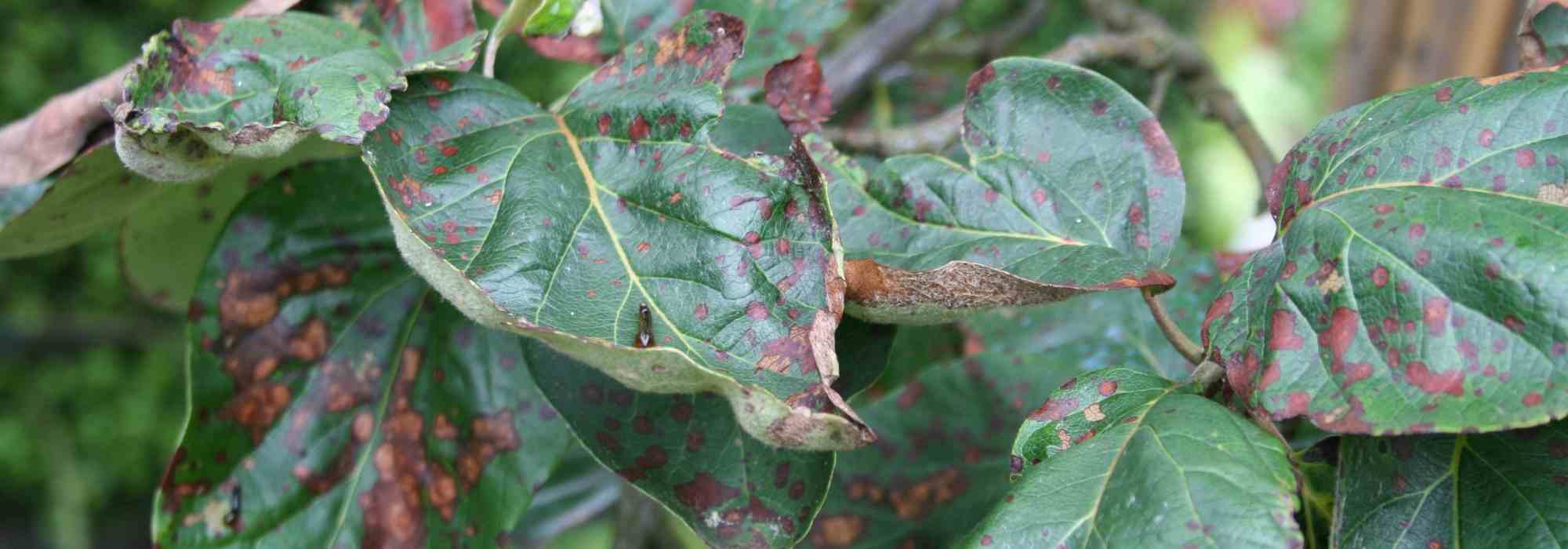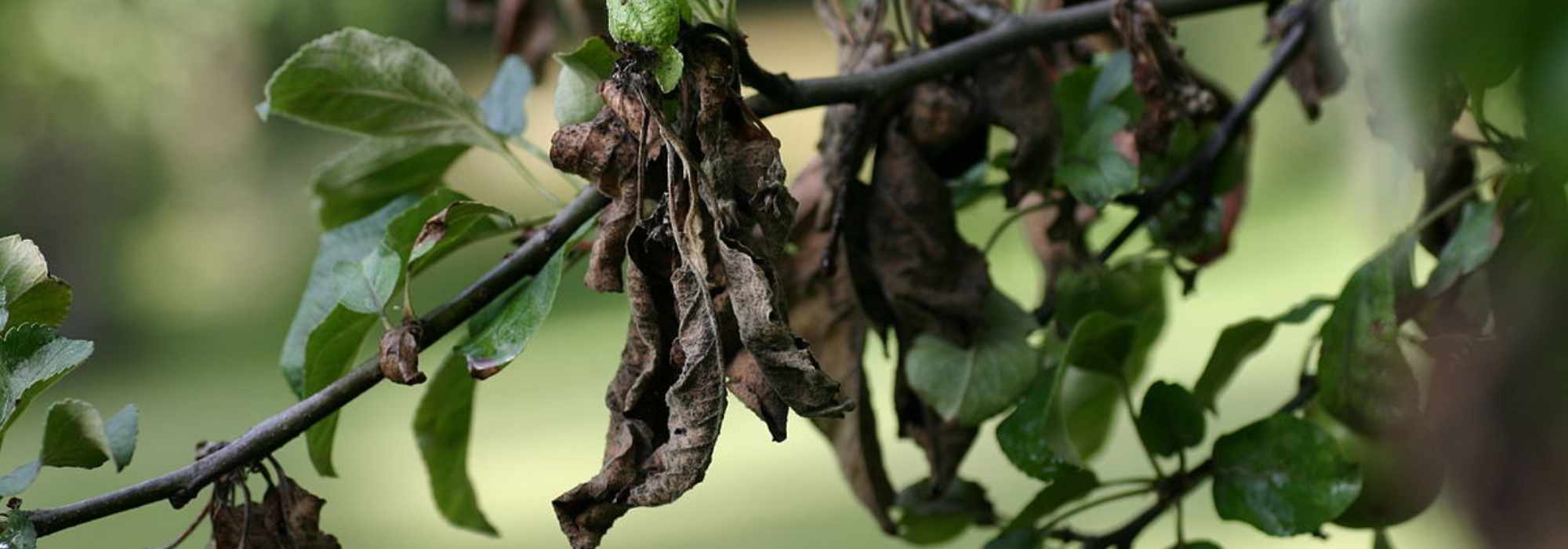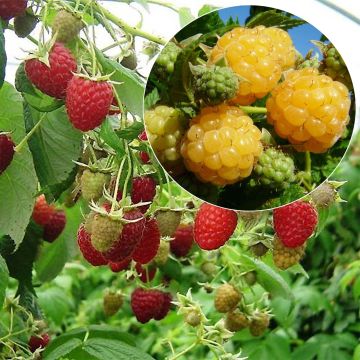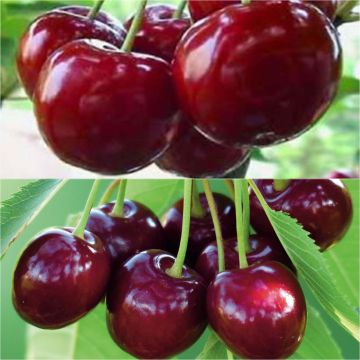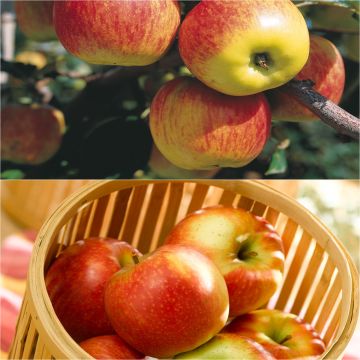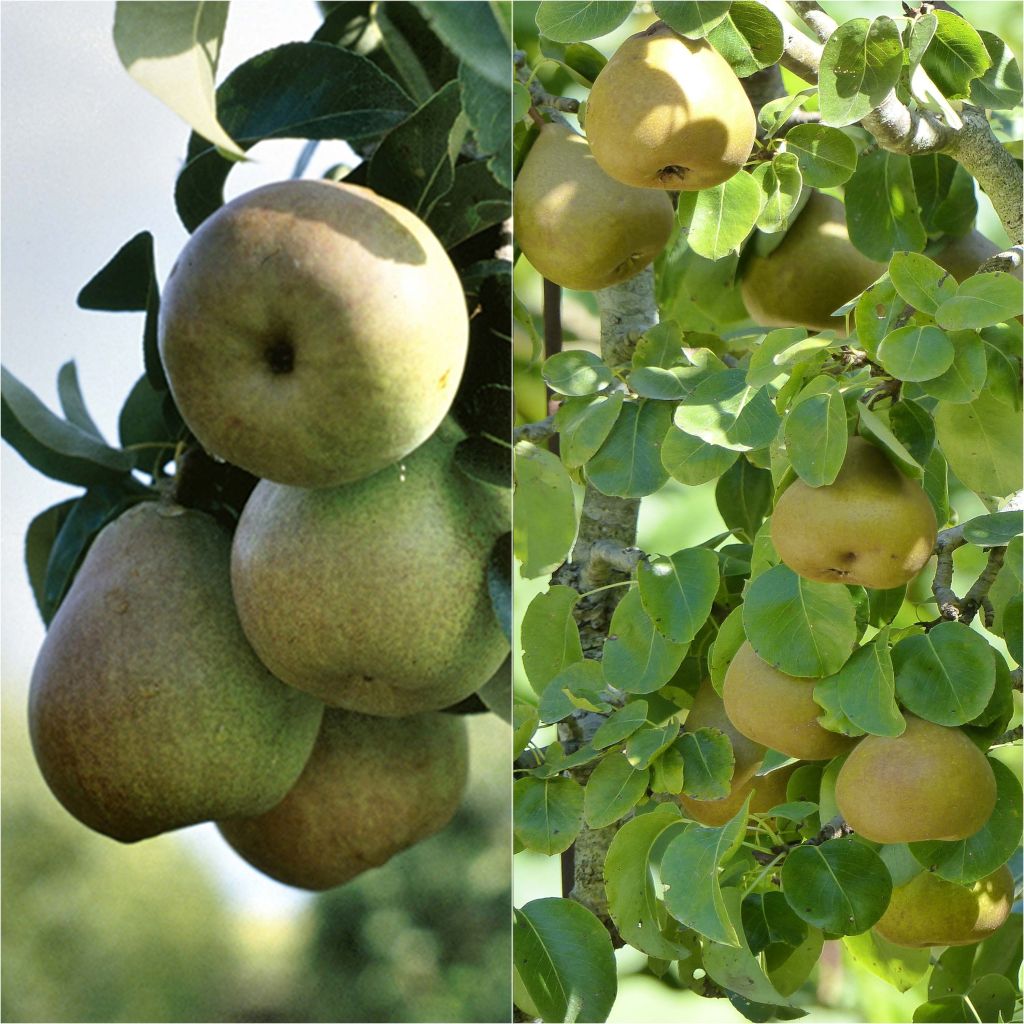

Classic goblet-shaped pear tree pollinator duo
Classic goblet-shaped pear tree pollinator duo
Pyrus communis Beurré Hardy, Doyenné du Comice
Special offer!
Receive a €20 voucher for any order over €90 (excluding delivery costs, credit notes, and plastic-free options)!
1- Add your favorite plants to your cart.
2- Once you have reached €90, confirm your order (you can even choose the delivery date!).
3- As soon as your order is shipped, you will receive an email containing your voucher code, valid for 3 months (90 days).
Your voucher is unique and can only be used once, for any order with a minimum value of €20, excluding delivery costs.
Can be combined with other current offers, non-divisible and non-refundable.
Home or relay delivery (depending on size and destination)
Schedule delivery date,
and select date in basket
This plant carries a 6 months recovery warranty
More information
We guarantee the quality of our plants for a full growing cycle, and will replace at our expense any plant that fails to recover under normal climatic and planting conditions.
Collection items (2 plants)
Description
This Classic Goblet Duo of Pollinating Pear Trees consists of the varieties 'Beurré Hardy' and 'Doyenné du Comice' which pollinate each other. Planted close to each other in the garden, these two fruit trees will produce more. The pear harvest takes place in September-October. Plant your bare-root pear trees preferably in autumn, as soon as you receive them, in deep, fertile and well-prepared soil.
This duo consists of:
- x1 'Beurré Hardy' Pear Tree: a very hardy variety, adapted to all climates up to 800m (2625ft) altitude if exposed to the sun. Although it may take time to bear fruit, it is then very productive. The tree produces round fruits with smooth, green-bronze skin. Their flesh is fine and juicy, white, very sweet, with a powerful and delicious aroma that has made it famous. The harvest takes place in September and October. It is a self-sterile variety and will be pollinated by 'Doyenné du Comice'.
- x1 'Doyenné du Comice' Pear Tree: a vigorous variety, slow to bear fruit, with an average and sometimes irregular production, subject to alternation. Pollination by the 'Beurré Hardy' improves the yield. The tree produces large, excellent-tasting pears. The fruits are golden yellow with red markings when exposed to sunlight and speckled brown when ripe, revealing pale, sweet and fragrant flesh, soft and juicy. The harvest takes place in September and October. The fruits keep well in the cool until December, but their thin skin makes them sensitive to handling. It is a self-sterile variety and a good pollinator for other varieties.
Although hardy, these pear tree still appreciates protected and sunny locations, avoiding frosty and windy situations. It likes fresh and deep soils, but dislikes soils that are too well-drained and chalky. In winter, give it a shovel of wood ash, rich in potash, which will improve flowering and fruit quality.
Its upright habit gives it a tall and slender silhouette that is very harmonious. Its oval-shaped leaves, finely toothed on the edges, have a petiole as long as the lamina and measure about 8 to 9 cm (3 to 4in). They turn yellow before falling in autumn.
Its late white flowering in April protects it from frost. Its flowers are made up of 5 white petals and are heavily visited by bees.
Pears can be eaten fresh, in syrup, in pastries, in jam and compotes, and can be used to make alcoholic beverages.
A goblet-trained fruit tree does not have a central leader (vertical main stem), but branches radiating from its trunk. This particular shape allows for good penetration of sunlight and air into the branches, which promotes fruit development and ripening while limiting the development of diseases.
Plant habit
Fruit
Flowering
Foliage
Botanical data
Pyrus
communis
Beurré Hardy, Doyenné du Comice
Rosaceae
Cultivar or hybrid
Other Pear trees
View all →Planting and care
Plant these pear trees in a sunny location, in acidic or neutral soil, or even very slightly chalky, cool but not excessively so. Ensure drainage of the planting hole with a thin layer of gravel. Dig a hole two to three weeks before planting. On the day, place the tree in a basin of water, to moisten the entire root ball. Install compost at the bottom of the hole. Place the tree in the hole, fill with a mixture of soil and compost. Do not bury the graft collar. Firmly tamp down at the base. The root ball should be completely covered. Water generously.
You can add, during the winter, a small handful of wood ash, rich in potash, this will improve fruiting.
Planting period
Intended location
Care
Planting & care advice
This item has not been reviewed yet - be the first to leave a review about it.
Similar products
Haven't found what you were looking for?
Hardiness is the lowest winter temperature a plant can endure without suffering serious damage or even dying. However, hardiness is affected by location (a sheltered area, such as a patio), protection (winter cover) and soil type (hardiness is improved by well-drained soil).

Photo Sharing Terms & Conditions
In order to encourage gardeners to interact and share their experiences, Promesse de fleurs offers various media enabling content to be uploaded onto its Site - in particular via the ‘Photo sharing’ module.
The User agrees to refrain from:
- Posting any content that is illegal, prejudicial, insulting, racist, inciteful to hatred, revisionist, contrary to public decency, that infringes on privacy or on the privacy rights of third parties, in particular the publicity rights of persons and goods, intellectual property rights, or the right to privacy.
- Submitting content on behalf of a third party;
- Impersonate the identity of a third party and/or publish any personal information about a third party;
In general, the User undertakes to refrain from any unethical behaviour.
All Content (in particular text, comments, files, images, photos, videos, creative works, etc.), which may be subject to property or intellectual property rights, image or other private rights, shall remain the property of the User, subject to the limited rights granted by the terms of the licence granted by Promesse de fleurs as stated below. Users are at liberty to publish or not to publish such Content on the Site, notably via the ‘Photo Sharing’ facility, and accept that this Content shall be made public and freely accessible, notably on the Internet.
Users further acknowledge, undertake to have ,and guarantee that they hold all necessary rights and permissions to publish such material on the Site, in particular with regard to the legislation in force pertaining to any privacy, property, intellectual property, image, or contractual rights, or rights of any other nature. By publishing such Content on the Site, Users acknowledge accepting full liability as publishers of the Content within the meaning of the law, and grant Promesse de fleurs, free of charge, an inclusive, worldwide licence for the said Content for the entire duration of its publication, including all reproduction, representation, up/downloading, displaying, performing, transmission, and storage rights.
Users also grant permission for their name to be linked to the Content and accept that this link may not always be made available.
By engaging in posting material, Users consent to their Content becoming automatically accessible on the Internet, in particular on other sites and/or blogs and/or web pages of the Promesse de fleurs site, including in particular social pages and the Promesse de fleurs catalogue.
Users may secure the removal of entrusted content free of charge by issuing a simple request via our contact form.
The flowering period indicated on our website applies to countries and regions located in USDA zone 8 (France, the United Kingdom, Ireland, the Netherlands, etc.)
It will vary according to where you live:
- In zones 9 to 10 (Italy, Spain, Greece, etc.), flowering will occur about 2 to 4 weeks earlier.
- In zones 6 to 7 (Germany, Poland, Slovenia, and lower mountainous regions), flowering will be delayed by 2 to 3 weeks.
- In zone 5 (Central Europe, Scandinavia), blooming will be delayed by 3 to 5 weeks.
In temperate climates, pruning of spring-flowering shrubs (forsythia, spireas, etc.) should be done just after flowering.
Pruning of summer-flowering shrubs (Indian Lilac, Perovskia, etc.) can be done in winter or spring.
In cold regions as well as with frost-sensitive plants, avoid pruning too early when severe frosts may still occur.
The planting period indicated on our website applies to countries and regions located in USDA zone 8 (France, United Kingdom, Ireland, Netherlands).
It will vary according to where you live:
- In Mediterranean zones (Marseille, Madrid, Milan, etc.), autumn and winter are the best planting periods.
- In continental zones (Strasbourg, Munich, Vienna, etc.), delay planting by 2 to 3 weeks in spring and bring it forward by 2 to 4 weeks in autumn.
- In mountainous regions (the Alps, Pyrenees, Carpathians, etc.), it is best to plant in late spring (May-June) or late summer (August-September).
The harvesting period indicated on our website applies to countries and regions in USDA zone 8 (France, England, Ireland, the Netherlands).
In colder areas (Scandinavia, Poland, Austria...) fruit and vegetable harvests are likely to be delayed by 3-4 weeks.
In warmer areas (Italy, Spain, Greece, etc.), harvesting will probably take place earlier, depending on weather conditions.
The sowing periods indicated on our website apply to countries and regions within USDA Zone 8 (France, UK, Ireland, Netherlands).
In colder areas (Scandinavia, Poland, Austria...), delay any outdoor sowing by 3-4 weeks, or sow under glass.
In warmer climes (Italy, Spain, Greece, etc.), bring outdoor sowing forward by a few weeks.






























